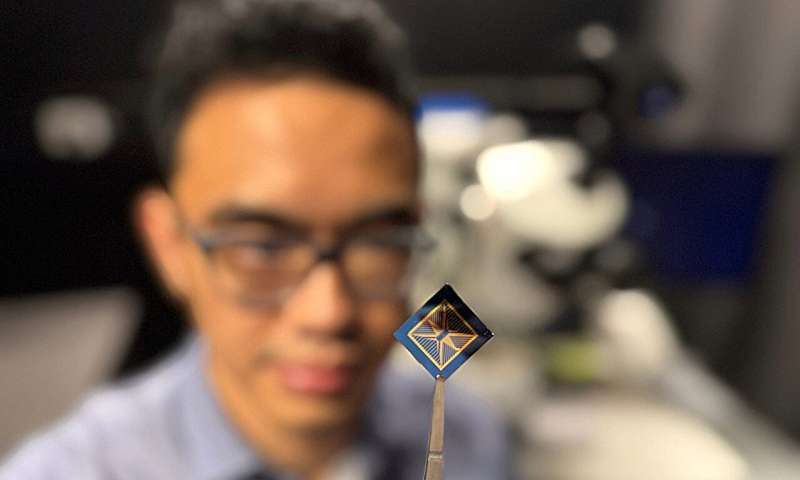The researchers from RMIT University brings brain-like visual memory and real-time motion detection to future robotics, vehicles, and smart sensors.

In a major leap for neuromorphic technology, engineers at RMIT University have developed a miniature device capable of mimicking the brain’s ability to see, process, and remember motion — all in real time and without external computing. This brain-inspired sensor could dramatically enhance the speed and efficiency of autonomous systems.
The innovation, led by Professor Sumeet Walia and Professor Akram Al-Hourani at RMIT’s Center for Opto-electronic Materials and Sensors (COMAS), uses an ultrathin layer of molybdenum disulfide (MoS₂) — a material known for its unique electronic and optical properties. The device taps into atomic-scale defects in MoS₂ to replicate neuron-like behavior, enabling it to process and store visual information much like the human brain.
“This device mimics how our eyes and brain work together, capturing motion and instantly translating it into memory,” said Walia. “It avoids the energy-intensive data crunching seen in conventional digital systems.”
In tests, the device identified changes in a waving hand’s movement — a form of edge detection — without capturing full image frames, significantly reducing data and power usage. The system could store these changes as memories and reset itself for the next input, offering functionality ideal for real-time vision tasks.
The researchers demonstrated that the device can emulate leaky integrate-and-fire (LIF) neurons — the core of spiking neural networks. The team is now working to scale the technology from a single-pixel model to multi-pixel arrays. Potential applications include safer autonomous vehicles, smarter robotic assistants, and energy-efficient environmental sensors. The team is also exploring other materials to expand functionality into infrared, which could enable real-time detection of emissions or hazardous substances.
“We’re not replacing traditional computing,” said Walia. “But for real-time, low-energy visual tasks, neuromorphic tech like ours can fill the gaps.”







